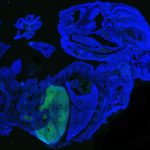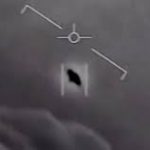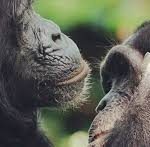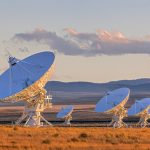Meteorites might be more likely to strike near the equator0
- From Around the Web, Space
- May 30, 2020
A study reveals the amount of debris likely to hit Earth every year and where

A study reveals the amount of debris likely to hit Earth every year and where

The mouse-human embryo contains up to 4% human cells.

U.S. Navy pilots and sailors won’t be considered crazy for reporting unidentified flying objects, under new rules meant to encourage them to keep track of what they see. Yet just a few years ago, the Pentagon reportedly shut down another official program that investigated UFO sightings. What has changed? Is the U.S. military finally coming around to the idea that alien spacecraft are visiting our planet?

It’s too soon to tell if we’re already in Solar Cycle 25.

The long-sought matter appears to have been hiding in the gaps between galaxies

This galaxy would have once looked a lot like the early Milky Way.

Chimpanzee lip smacks follow the rhythm of human speech, a study has found.

New simulations from Imperial College London have revealed the asteroid that doomed the dinosaurs struck Earth at the ‘deadliest possible’ angle.

A black hole burp filled the Milky Way’s center with mysterious invisible structures, a new study suggests.

Blasts differ from ‘ordinary’ supernovae, gamma-ray bursts



